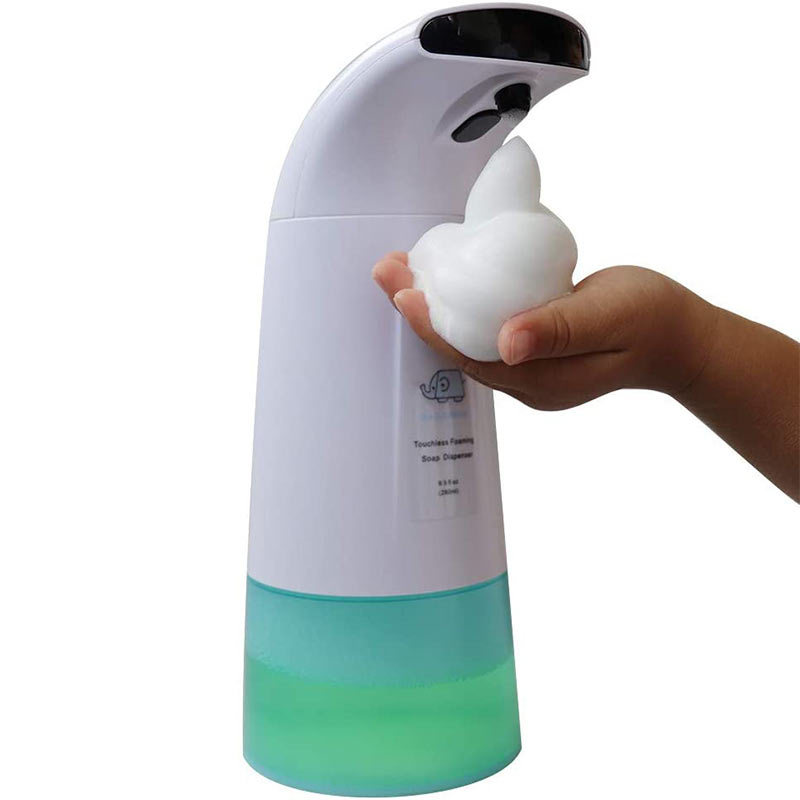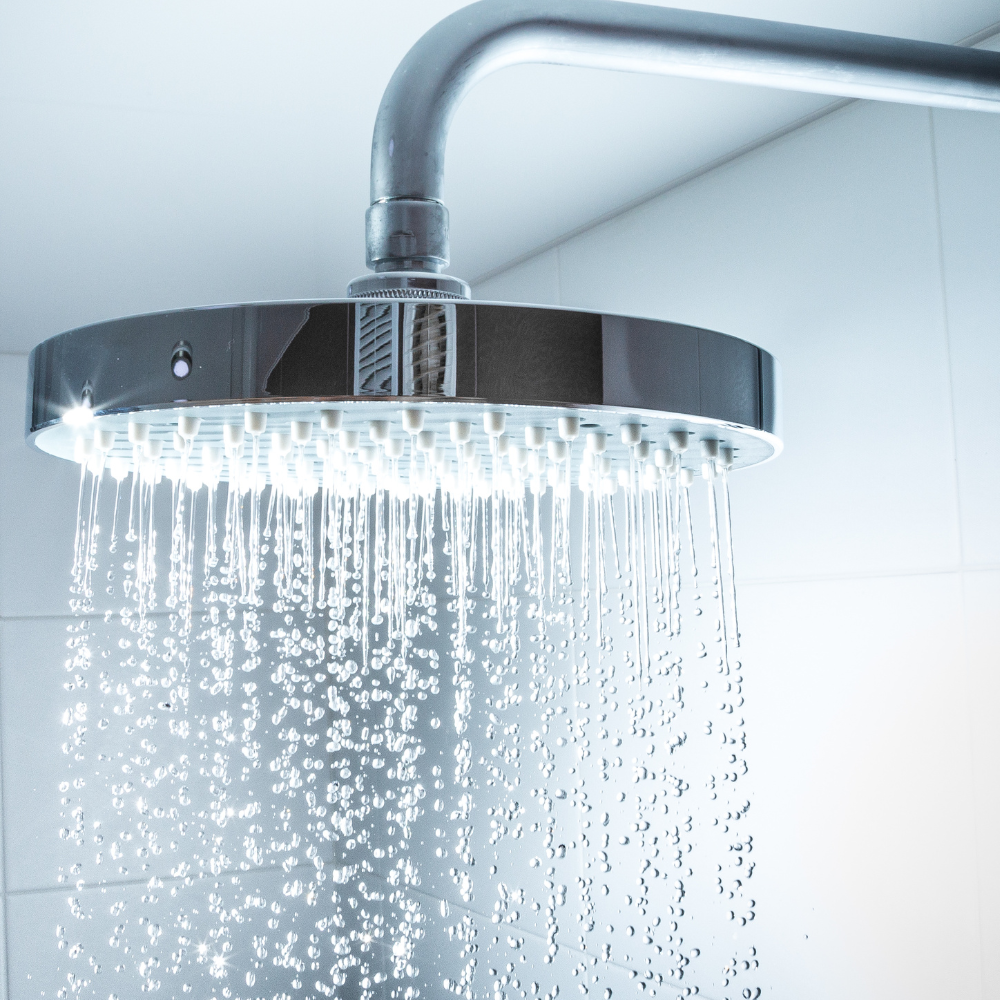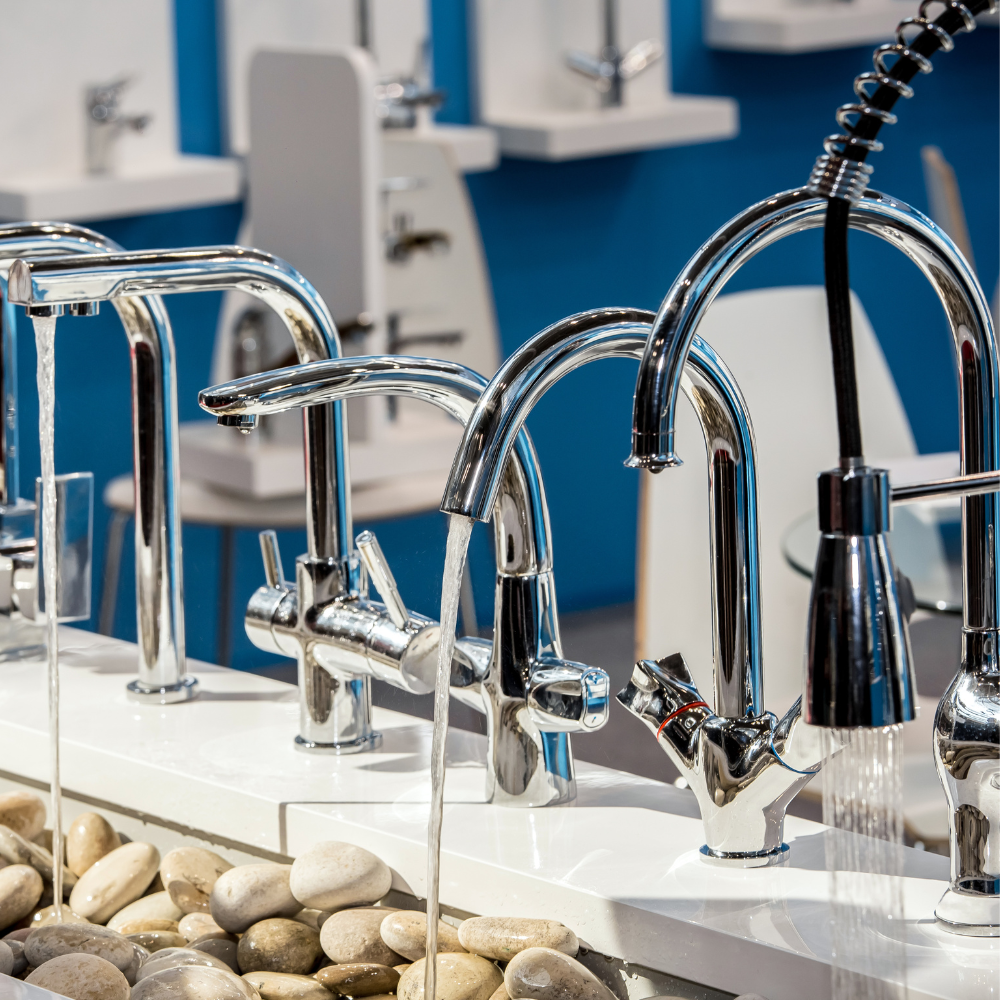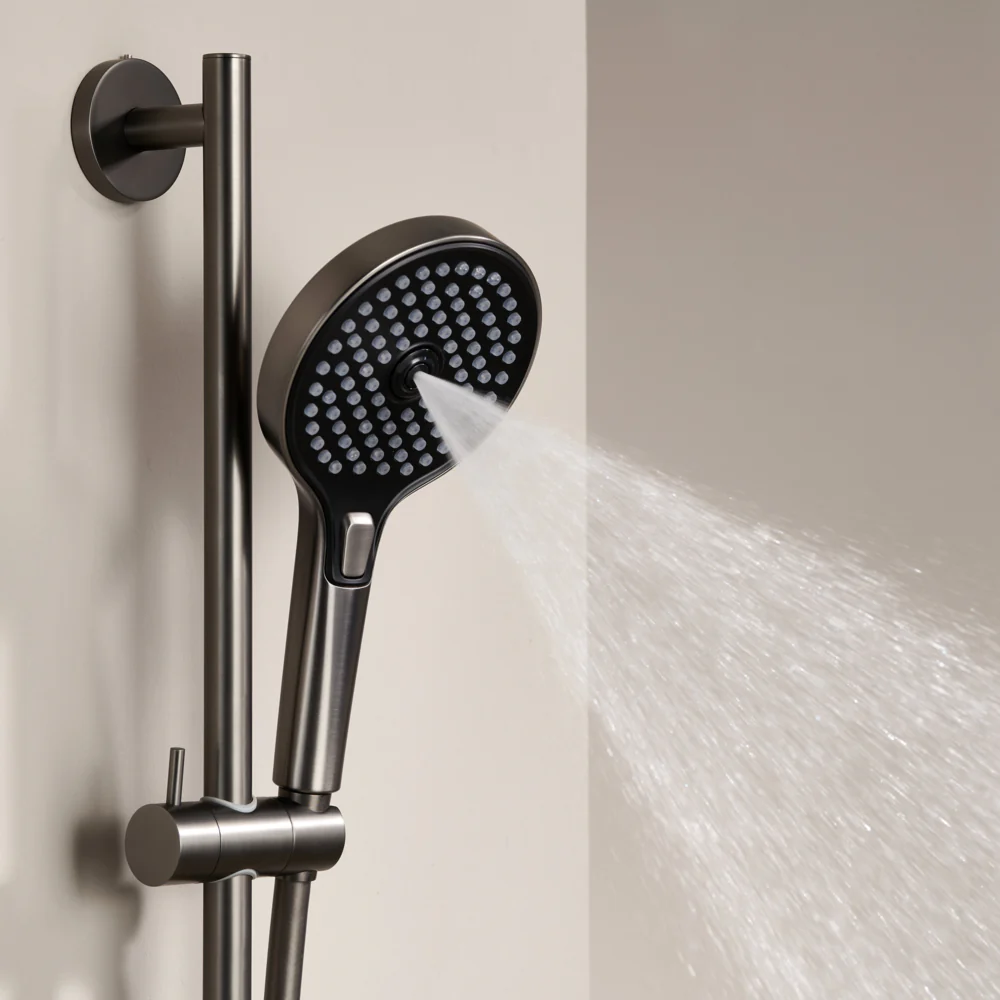What is an Automatic Soap Dispenser?

An automatic soap dispenser automatically dispenses a measured amount of soap or hand sanitizer when you place your hand within its range. When used with taps in public bathrooms, they serve the purpose of conservation of soap used and prevention of transmission of infectious diseases through touching. When people use it, they don’t have to touch it to set the amount of soap output. All they have to do is remove their hands when they are satisfied with the amount of soap in their hands, and the soap dispenser will stop dispensing, preventing leaks or dripping.
Guey-Chaun Shiau was the person who submitted the idea for the first automated dispenser for patent rights in 1989. The idea got patented under the name “Automatic Cleaning-liquid Dispensing Device” with a patent issued in 1991
How Auto Soap Dispensers are Applied?
In recent times, the application of automatic soap dispensers and faucets have increased exponentially. Public and private institutions have spent a good amount of money to have this touchless technology in their bathrooms.
The application of the automatic soap dispenser has now spread to hospitals, kindergartens, office buildings, schools, restaurants, home kitchen, bathroom, and other public places. (Click here to wholesale automatic soap dispensers from VOLI manufacturer)
The Working Principle of Automatic Soap Dispenser
Infrared Sensors – These sensors burst ultrasound or microwave energy and wait for it to respond, triggering soap dispensing. When this happened, your hands are placed around the dispenser at a distance no more than 3.35 inches or 8.5 cm.
If you remove your hand from the below the pump, the light reflection is absent, so there is no detection of a pulse. This causes the dispenser to stop working. The soap dispenser also has a passive infrared technology, which is activated when it detects energy coming from human body heat. This fluctuation causes the pump to work.
Photosensors are now more popular and accessible versions of the soap dispenser. They use a light sensor and a source of focused light to function. The pump mechanism is activated when your hands are placed under a beam of light. The photosensors and infrared sensors are almost indistinguishable, even though they work together sometimes when the source of light for the photosensor is a laser beam.
Air induction technology is patented by SimpleHuman soap dispenser producer. It works by creating a vacuum of micro-bubble infusion into the soap at high intensity. This technology allows for the easy control of the precise air – soap ration to create a balanced foam texture. The pumping mechanism uses this technology, which is powered by source or through the handle.
Some automatic dispensers have a feature where an LCD shows the volume of soap available in the dispenser, along with the volume level. These LCDs are protected against moisture, and they allow you to take a quick peek and evaluate what is still left in the dispenser and how it works.
Adjustment of the level of soap contained in the dispenser cannot be done because that would mean touching the dispenser, so this option is very important when you don’t have much soap left.
Features of Automatic Soap Dispensers
1. Touch-Free: You don’t have to touch an automatic soap dispenser or control it with your hands. All you have to do is put your hand under the soap dispenser and receive the soap in your palms. This feature helps prevent cross-infection.
2. Multiple Hand Soap Adaptation: you can use both foam type and ordinary liquid/gels in your automatic soap dispenser. If you want to put in the ordinary type liquid, dilute it with water and shake evenly to get a rich foam, but if you want to put in foam type, just put it in the tank directly.
3. LCD touch control and infrared motion sensor: Liquid Crystal Display, one-touch to all functions, and touchless soap dispenser makes it very easy to use.
4. Wide usage: The automatic soap/hand sanitizer dispenser has found use in many places, including business, office, bathrooms, toilet, school, hotel, etc. The two methods of installing also make it perfect for hanging on the wall or just place on the table.
5. ABS material and Fashion Appearance: The Meidong Automatic soap dispenser has a delicate stainless-steel texture that makes it perfect for household and public use.
6. You can get higher efficiency and effective germ prevention by simply adding antibacterial soap along with the fluid in the dispenser. This method of effective germ prevention is often found in airplanes, where flight terminals designers use these mixtures to seriously reduce the risk of cross-infection between tourists.
7. They are easy to install and even easier to use. Cleaning them is also easy when you follow their specific instructions carefully.
8. Soap dispensers help reduce stress. The stress of using them is one thing, but you are also free from the stress of cleaning around them because there will be no random spills. They also help in making cleaning easier and faster in the kitchen.
9. Automatic soap dispensers use rechargeable or long-lasting batteries that are eco-friendly and less costly.
10. Automatic soap dispensers are children-friendly. They can be used to teach them how to wash their hands properly and avoid being among the 95% of people who don’t wash their hands correctly in a public restroom, according to a study.
11. Automatic soap dispensers are aesthetically well designed to match with faucets and sinks for modern or friendly looks.
How to Repair Automatic Soap Dispenser? (Troubleshooting)
The Unit Does Not Respond
| Possible Cause | Table |
| Soap residue is obstructing the sensor area. | Turn off the unit and clean the sensor with a clean, soft, damp cloth. |
| Wrong battery installation. | Refer to the user manual to install the batter correctly at “Changing the Batteries.” |
| The batteries are dead. | Replace the batteries. Refer to “Changing the Batteries.” |
| The batteries are not installed. | Install the batteries. Refer to “Changing the Batteries.” |
| The dial is in the OFF position. | Turn the dial on and place it on your soap type and desired volume. |
| The user’s hand is too far away from the sensor. | Place your hand closer to the sensor (about 64 mm) below the sensor. For best results, hold your hand flat. |
| Lighting conditions near the dispenser are not allowing the sensor to work properly. | Transfer the dispenser to a different location where there are no highly reflective surfaces and direct sunlight. |
| Attempted to trigger the sensor using a dark-colored dishcloth or sponge. | Activate the sensor using a light-colored dishcloth, sponge, or by hand. |
The Unit Makes Noise But Does Not Dispense Soap
| Possible Cause | Corrective Action |
| The unit needs priming. | Cycle the dispenser about eight times before you start with an empty tank. Also, do this if you haven’t used the unit for a long while. Also, try to trigger the sensor until the soap is dispensed. |
| The soap has some microbeads, exfoliants, salts, or other granular elements, which will prevent the dispenser from working properly. | Flush the beads or granules from the unit. |
| The nozzle is clogged. | Clean the nozzle. |
| The soap is not compatible with the dispenser:There are many shampoos and body washes that don’t work with this dispenser.
Also, some brands of liquid soaps may not flow through the nozzle. |
Flush the soap from the unit. |
| The dispenser is clogged with dried soap particles. | Clean the touchless soap dispenser. |
How to Clean Automatic Soap Dispenser?
Here are the steps to clean a sensor soap dispenser.
1. Turn off the device.
2. Open the unit lid and empty the water tank.
3. Rinse the water tank with water and then empty it.
4. Remove and clean the nozzle. …
5. Turn on the device.
6. Repeatedly trigger the sensor to dispense all remaining soap in the pipeline.
7. Add about one ounce of water to the water tank to rinse all remaining particles.



